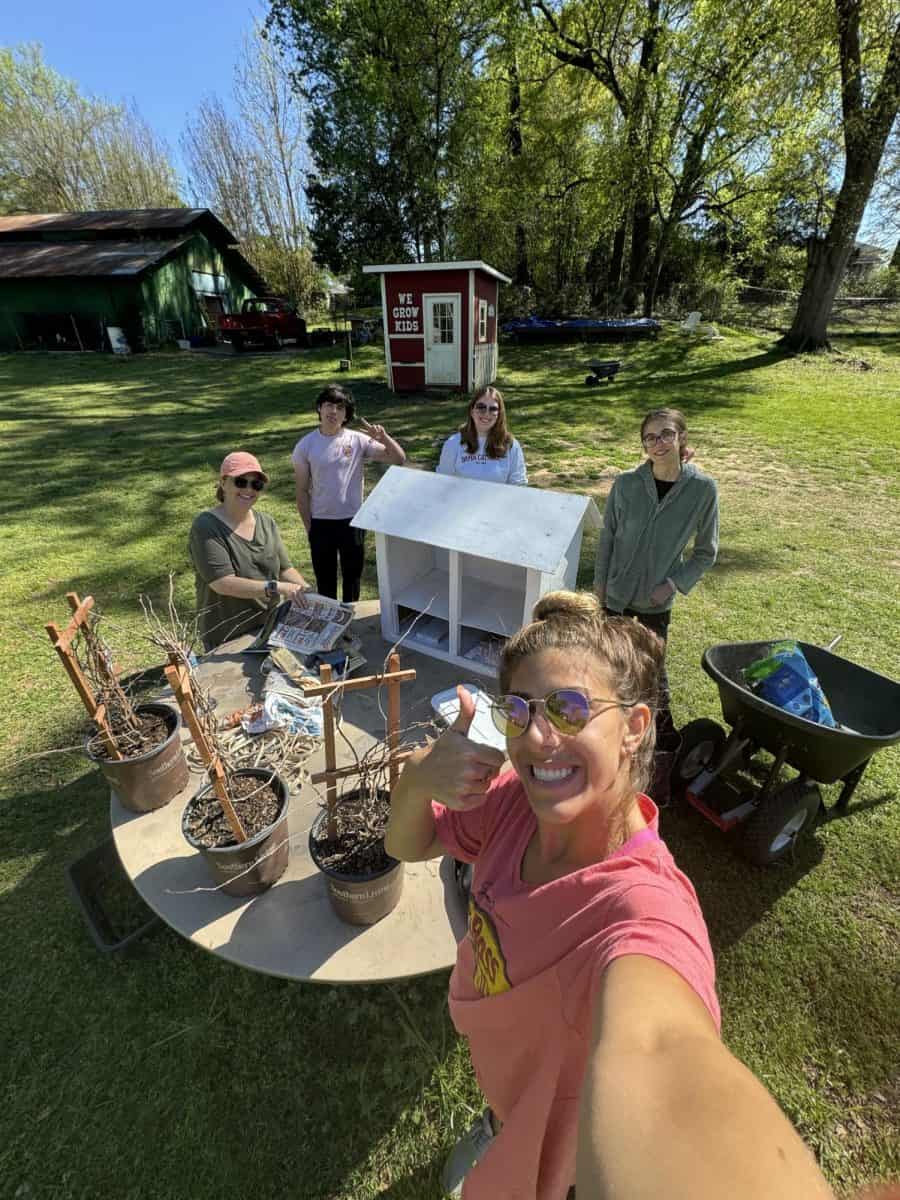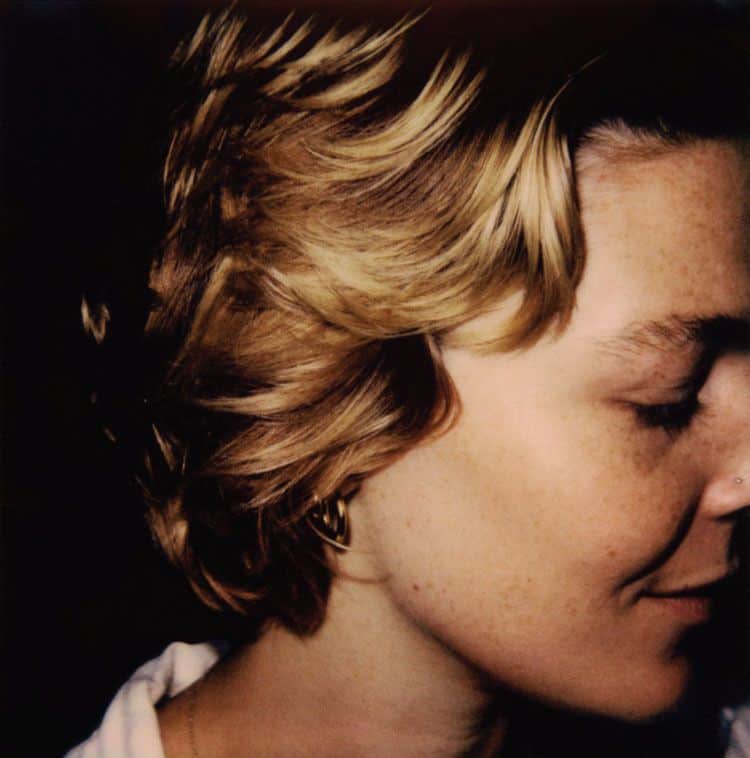Sloss Furnaces has become much more than just a historic site that once produced iron in Birmingham in the 19th and 20th centuries.
It has transformed into a place where many different artists can work, and now Alabama Public Television has created a comprehensive documentary focusing on the history of Sloss and looking towards its future.
The documentary, “Sloss: Industry to Art,” serves a number of purposes.
According to the APT website, it “provides a look at the historic importance of Sloss as a working furnace that gave rise to the city of Birmingham; the successful grassroots effort to preserve Sloss from destruction, and its current role as a national historic landmark functioning as an art education facility gaining recognition on a national level.”
It highlights how close Sloss came to shutting down, said Joe McCreary, Sloss Metal Arts Education Coordinator, resident artist and a UA graduate student in sculpture. McCreary is a featured cast iron artist in the documentary.
Sloss has become a center for artistic research and development, as well as a popular destination for cast iron artists, he said.
McCreary started by volunteering at Sloss in 2000 and said it is a historical industrial museum.
“The site itself is gorgeous,” McCreary said. “It was built before welding and is put together by rivets. It’s amazing to think how someone figured out how to make it work.”
Both the site and the energy of the artists who work there attracted him to Sloss in the first place. Sculpture requires teamwork, and at Sloss they emphasize teamwork instead of competition.
McCreary said he likes Sloss because it gives him exposure with other artists, which he feels has allowed him to mature as an artist.
“Sloss has really been a good deal for me,” McCreary said. “There’s nowhere else I’d rather be.”
The sculpture outside of Woods Hall named “Goldie 1971” is one of McCreary’s sculptures and is featured in the documentary, along with another of his pieces.
The artists at Sloss are community-based, and it’s a collaborative process, said Craig Wedderspoon, a UA associate professor of sculpture.
“Those guys at Sloss really have it figured out,” Wedderspoon said. “Sloss is the only reason Birmingham is there. Birmingham grew around it.”
Wedderspoon currently teaches McCreary in his graduate school sculpture program.
“I’ve learned all kinds of new stuff from [McCreary],” he said. “A lot of his work has a sense of humor to it.”
McCreary demonstrates this sense of humor in a video clip, which can be found at aptv.org.
The clip, titled “Joe McCreary’s Giant Skillet and Egg,” shows McCreary and other Sloss artists frying an egg in a six-foot iron skillet with a burner and spatula that he made especially for the occasion.
Though the documentary originally aired in July, there will be follow-up showings Aug. 22 at 8 p.m., Aug. 23 at 5 a.m., Aug. 25 at 8 p.m. and Aug. 31 at 10 p.m. on Alabama Public Television.
Anyone can see the art featured at Sloss during regular business hours. Sloss Furnaces is open to the public with free admission Tuesday through Saturday 10 a.m. to 4 p.m. and on Sunday from 12 to 4 p.m.
Sloss Furnaces’ website, www.slossfurnaces.com, includes information about its history as well as all of the programs they currently offer. Sloss also offers many educational classes to teach about its history as well as a summer program for high school students who are hired and taught the processes of cast iron, McCreary said.
Additional information about the documentary can be found at www.aptv.org/sloss.
Pullout box:
“Sloss: Industry to Art”
Alabama Public Television
Aug. 22 at 8 p.m.
Aug. 23 at 5 a.m.
Aug. 25 at 8 p.m.
Aug. 31 at 10 p.m.







